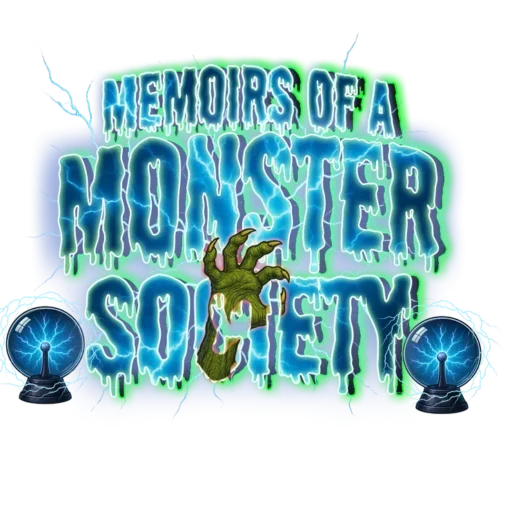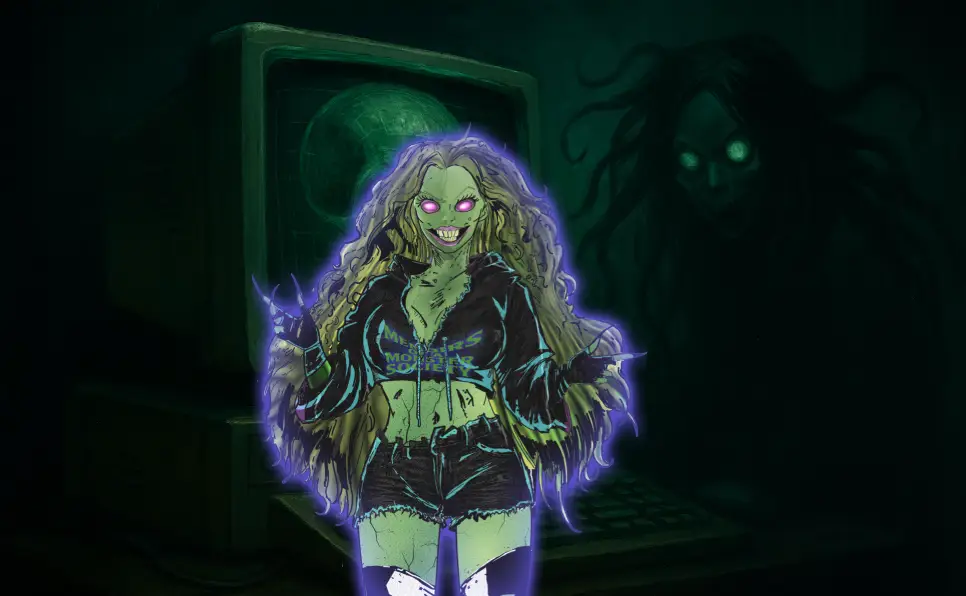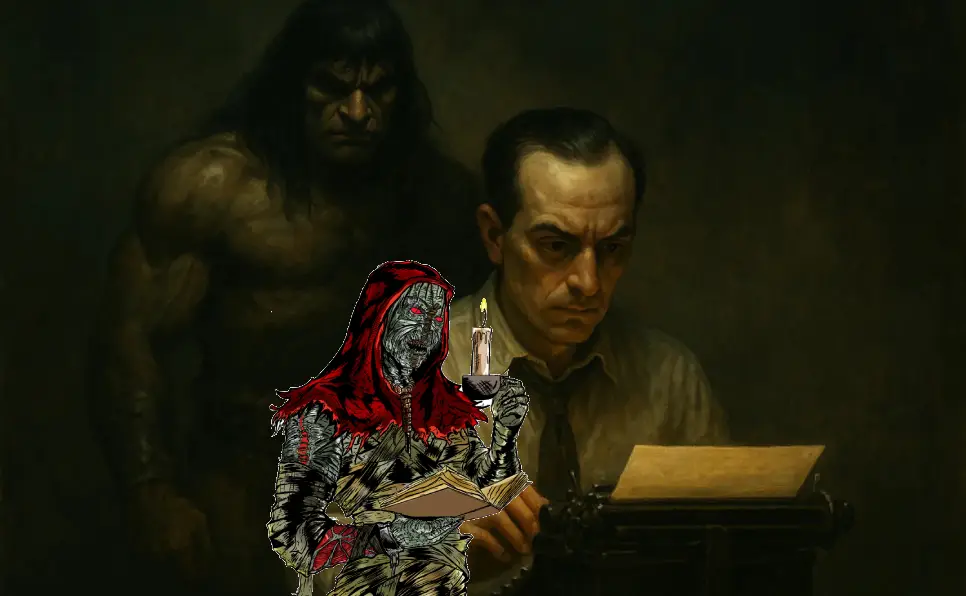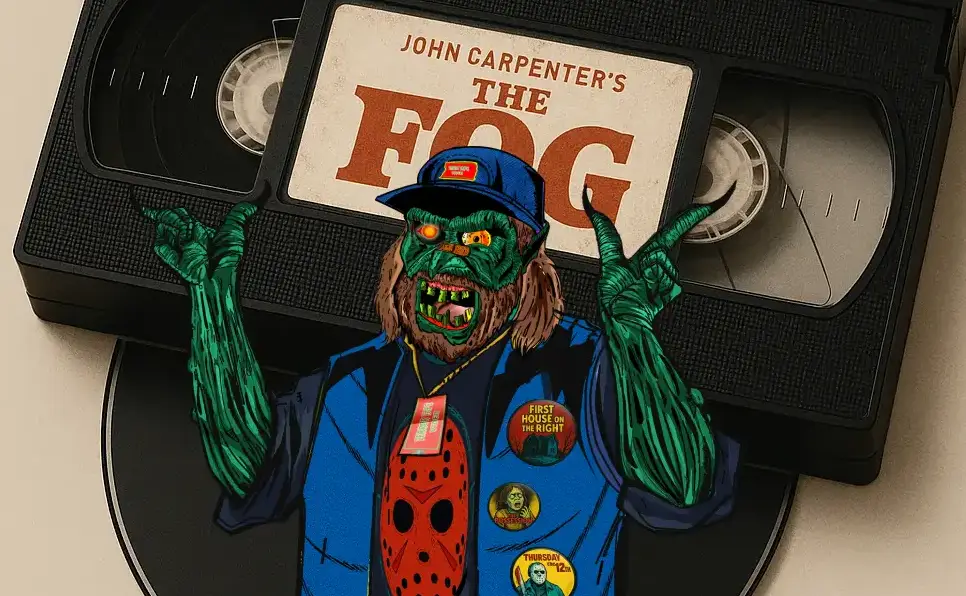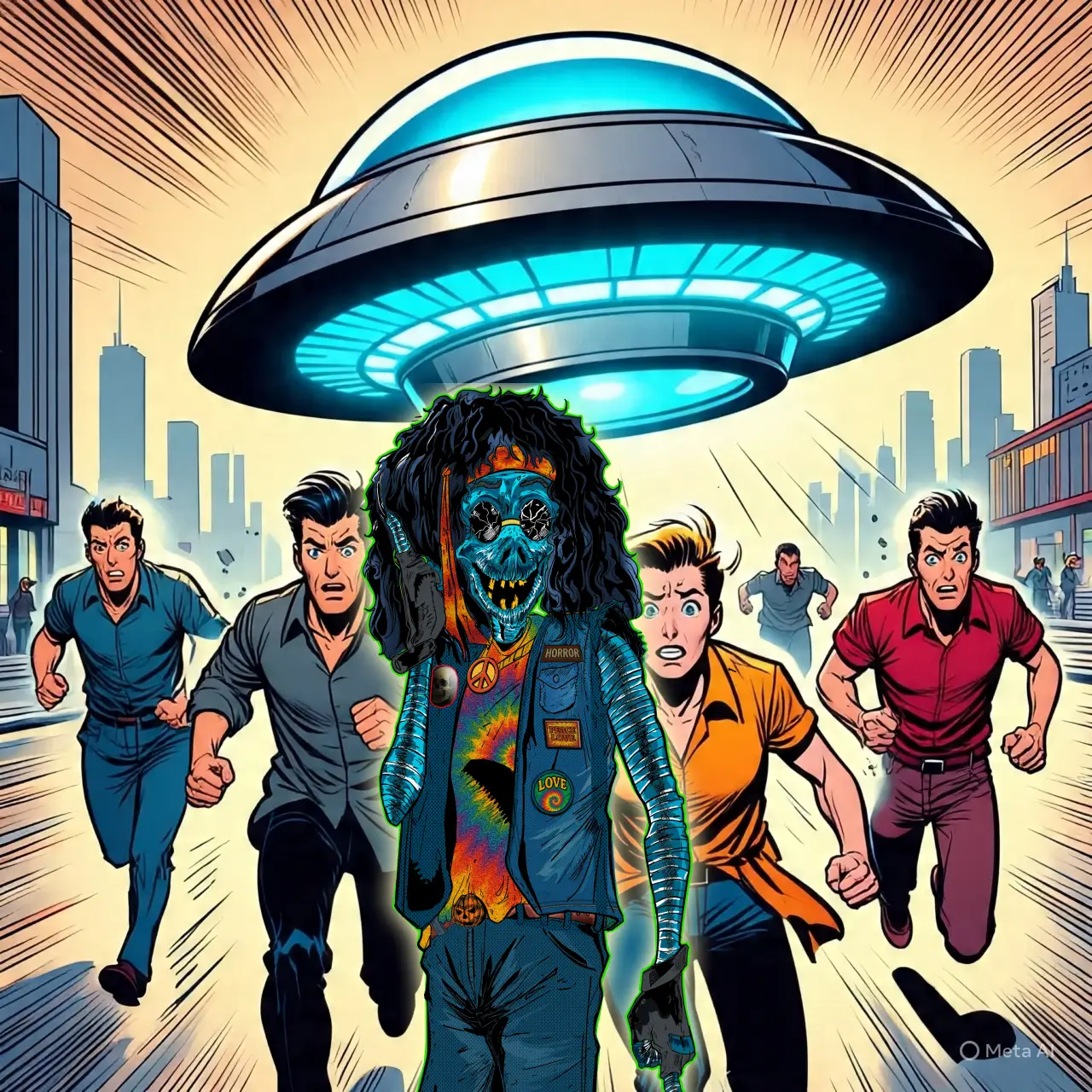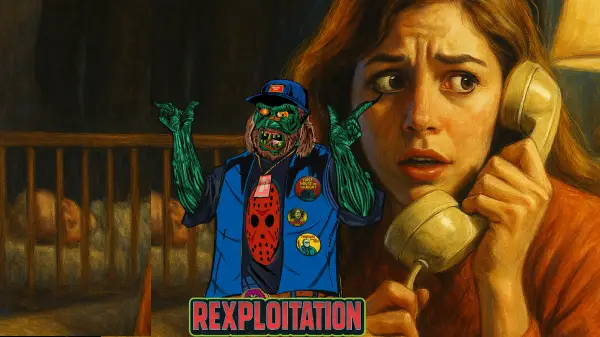The Kill Switch Game – Urban Legend, Conspiracy Theories & Creepy Hidden Messages
By Amy Lynn Graves – Memoirs of a Monster Society
I. Introduction
In the shadowy corners of gaming lore, few stories have captured the imagination quite like the Kill Switch (game) urban legend. This mysterious 1980s PC title supposedly allowed players to experience it only once before erasing itself from existence. One playthrough. One chance. Then—nothing but digital dust.
Whether you’ve heard whispers on old gaming forums, stumbled across a Kill Switch gameplay video on YouTube, or read a Kill Switch game review dissecting the myth, the fascination is the same: Is it real, or just one of gaming’s most enduring ghost stories? Today, I’m diving into its origins, the claims and conspiracy theories, the hidden messages, and the lingering game controversy that keeps this legend alive.
II. The Origins of the Legend
The story goes like this: In the mid-80s, a small Eastern European studio supposedly developed Kill Switch—a narrative-driven horror-action game. It was allegedly published in limited numbers, and every copy would delete itself after completion or death, leaving no trace. No screenshots, no second chances. This feature wasn’t a bug; it was the point.
The earliest references appeared in obscure online archives and message boards, eventually bleeding into creepypasta sites. Gamers swapped tales of Kill Switch Easter eggs—cryptic text strings, strange NPC dialogue, and visual glitches that hinted at a deeper story. As the myth evolved, so did the conspiracy theories: Was it an art installation? A Cold War psychological experiment? Or a clever hoax designed to mess with collectors?
By the early 2000s, the Kill Switch urban legend was being discussed alongside other infamous gaming myths like Polybius, Ben Drowned, and Sad Satan.
III. The Claims and Theories
Over the years, players and researchers have made some wild claims about the Kill Switch game. Here are the big ones:
- Self-deletion: Once completed, the game wipes itself from the hard drive. No replays, no new saves.
- Hidden messages: Alleged strings of binary code translate into ominous phrases—some say warnings, others say threats. This is where the Kill Switch game hidden messages keyword comes into play.
- Unusual glitches: Reports of Kill Switch glitches that aren’t reproducible in fan recreations.
- Easter eggs: Strange rooms with symbols linked to Eastern European folklore.
The Kill Switch game conspiracy theories range from government experiments to rogue programmers embedding personal messages. Supporters of the legend point to grainy gameplay walkthroughs and anecdotal Kill Switch game news articles as “proof.” Skeptics say those same videos are staged or part of an ARG (Alternate Reality Game).
IV. Debunking the Myth
So, what’s the other side of the story? Technical experts argue that a true self deleting video game of this kind would be impractical for mass release in the 80s. Storage media of the time didn’t support that kind of automated erasure, at least not without deliberate sabotage of the disk.
No verifiable original copy of Kill Switch has surfaced. Every supposed download link leads to fan remakes or virus-laden fakes. Developers who’ve been credited with the game have denied its existence.
Still, legends don’t die just because the tech doesn’t check out. Confirmation bias, nostalgia, and the thrill of the unknown keep people looking for cheats, tips, and strategy guides—yes, even for a game that “doesn’t exist.” (For those curious, you can find Kill Switch game cheats and Kill Switch game tips online, though they’re almost always for unrelated titles.)
V. The Cultural Significance
Whether fact or fiction, Kill Switch has carved out a place in gaming culture. Its core hook—a game you can only play once—taps into primal fears of loss, scarcity, and missed opportunity. In an era where digital preservation is a hot topic, the idea of a game vanishing forever is both horrifying and weirdly poetic.
The legend has inspired indie horror devs, ARG creators, and even marketing campaigns. Some modern horror games have adopted self-erasing save files or permanent consequences as a nod to Kill Switch. The myth also sits comfortably in lists of real cursed video games and mysterious video games.
Psychologically, the legend’s endurance comes from the same place as urban myths about haunted cartridges or dark web games. It’s the combination of a believable premise, a lack of hard proof, and a community eager to keep the story alive.
VI. Conclusion
So… is Kill Switch real? In the Memoirs of a Monster Society world, we know better than to dismiss the paranormal. If there’s even a pixel of truth in the code, I’m betting my joystick there’s something out there that doesn’t want to be found. But as with all great legends, I’ll let you decide.
Whether it’s an elaborate hoax or a long-lost relic of gaming history, Kill Switch remains one of the most intriguing urban legends in video games. And if you ever do find an original copy… play carefully. You might not get a second chance.
